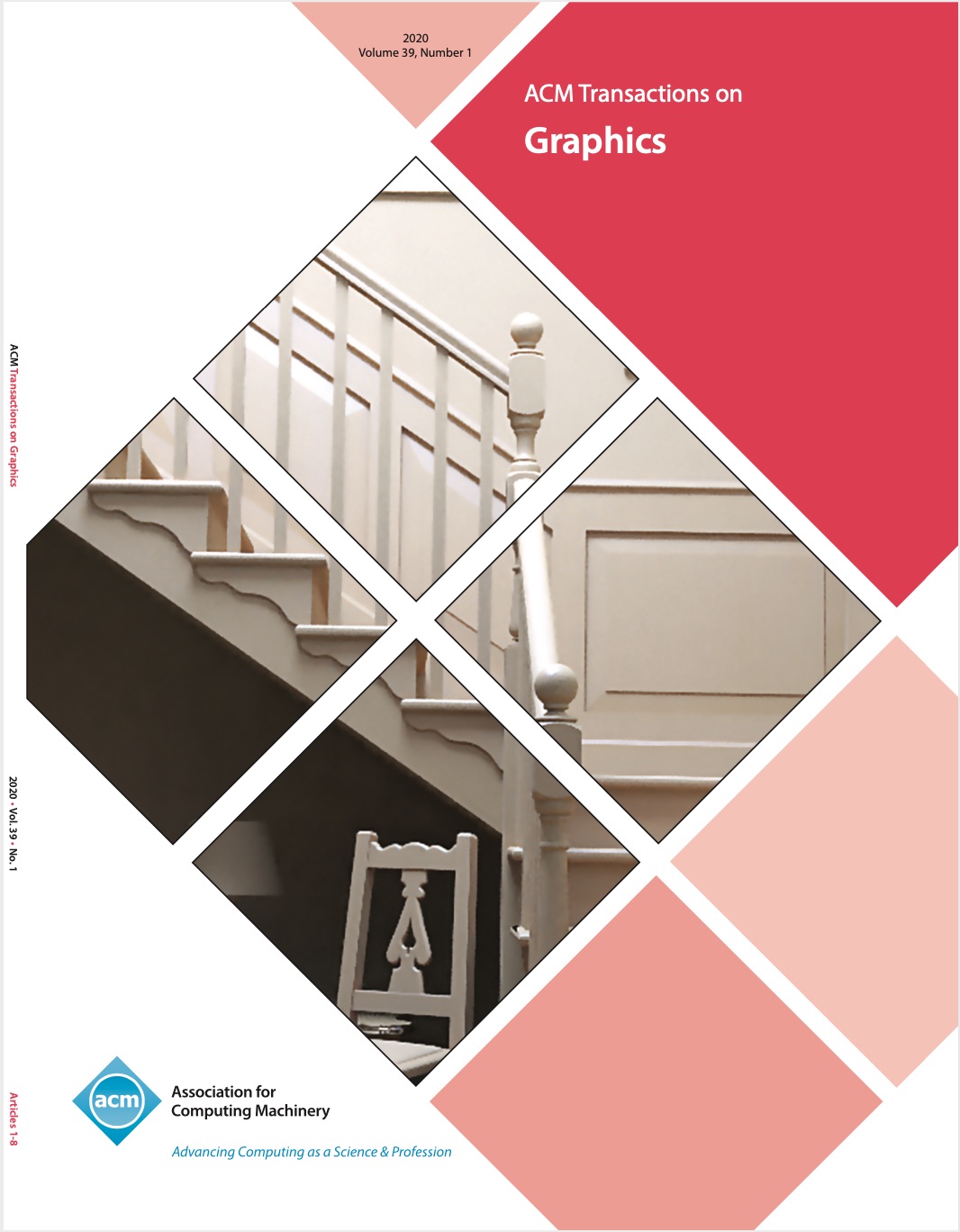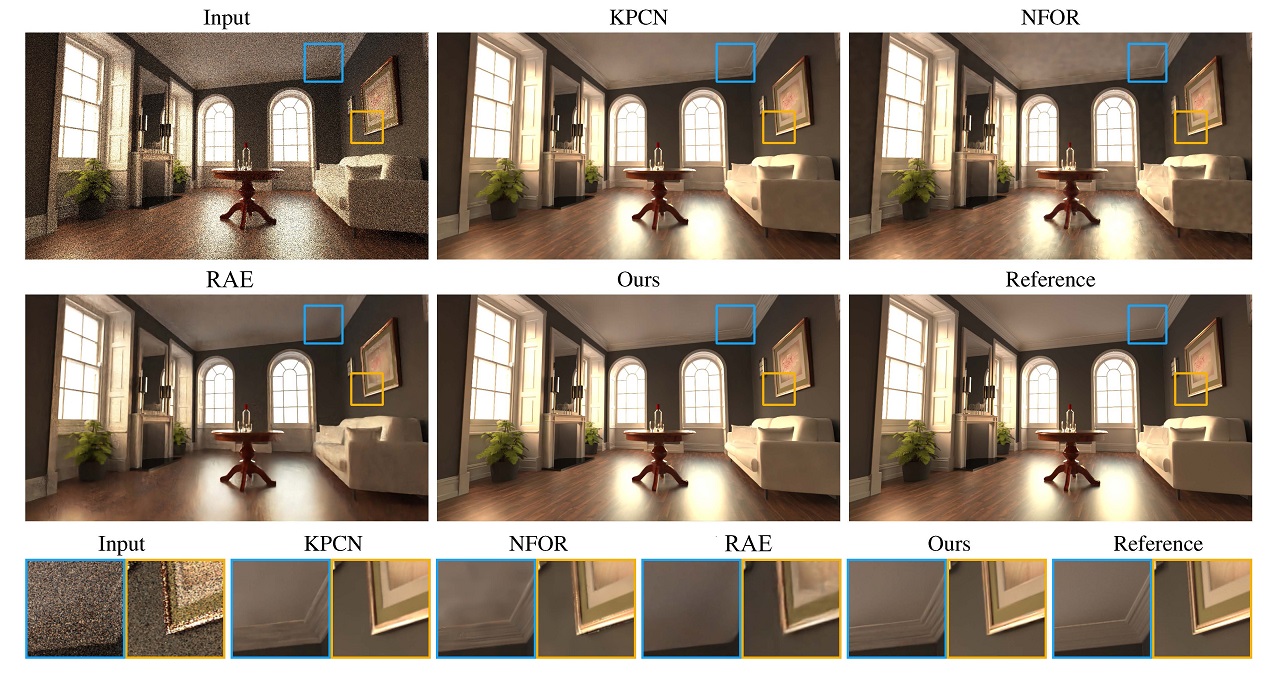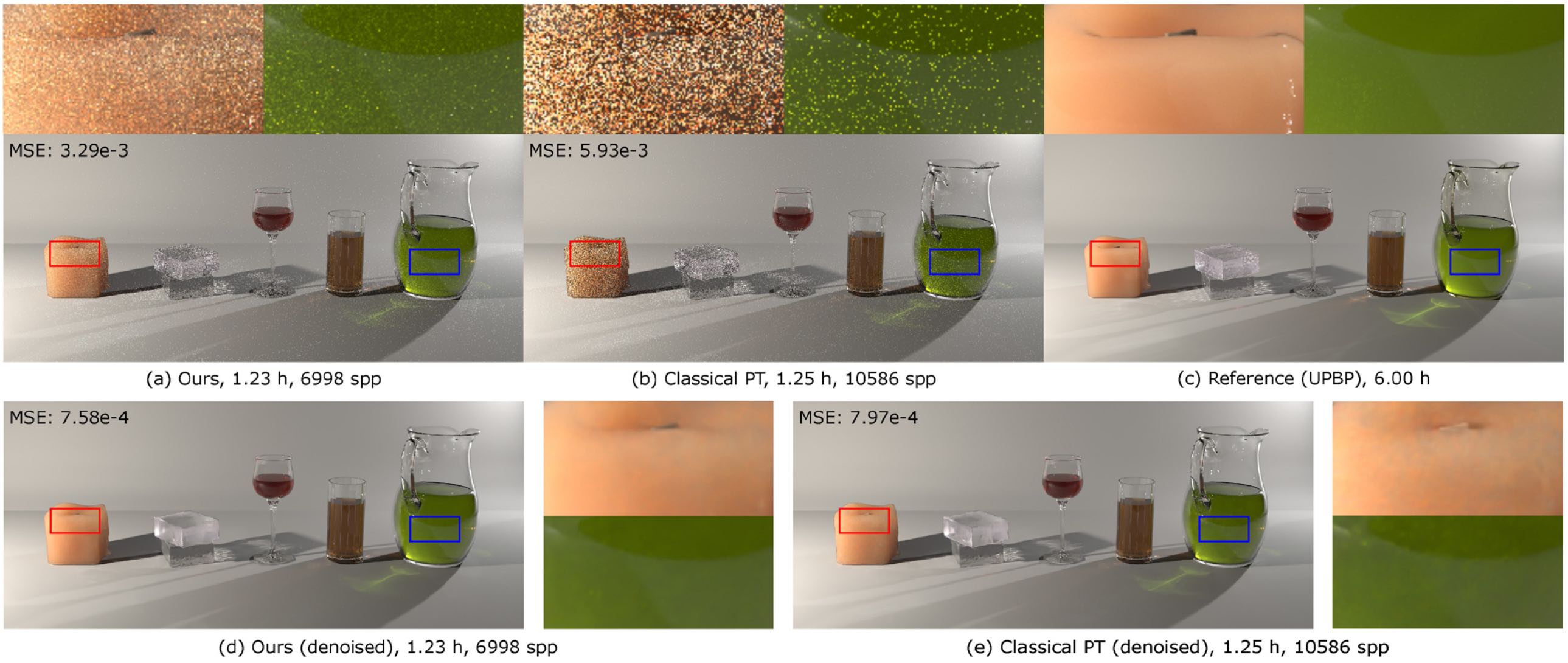A Practical Path Guiding Method for Participating Media
Hong Deng
1, Beibei Wang
1,
Rui Wang2, and Nicolas Holzschuc
3
1 Nanjing University of Science and Technolog, China
2State Key Laboratory of CAD & CG, Zhejiang University, China
3Univ. Grenoble-Alpes, Inria, , France
Computational Visual Media, 2020, Vol. 6, No. 1, 37-51. (Spotlight Paper)




